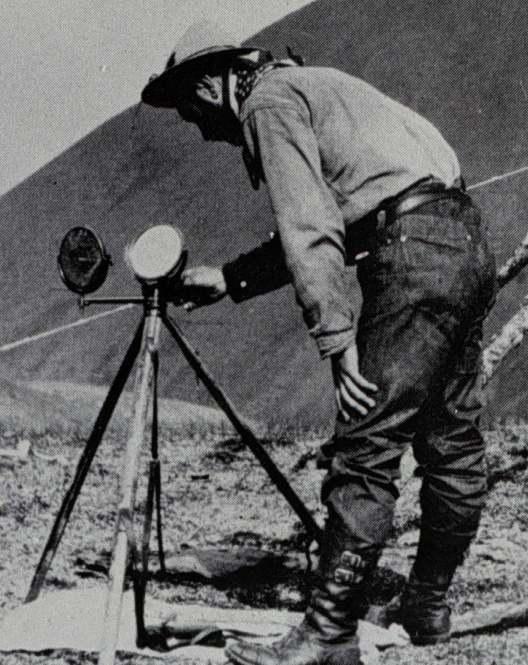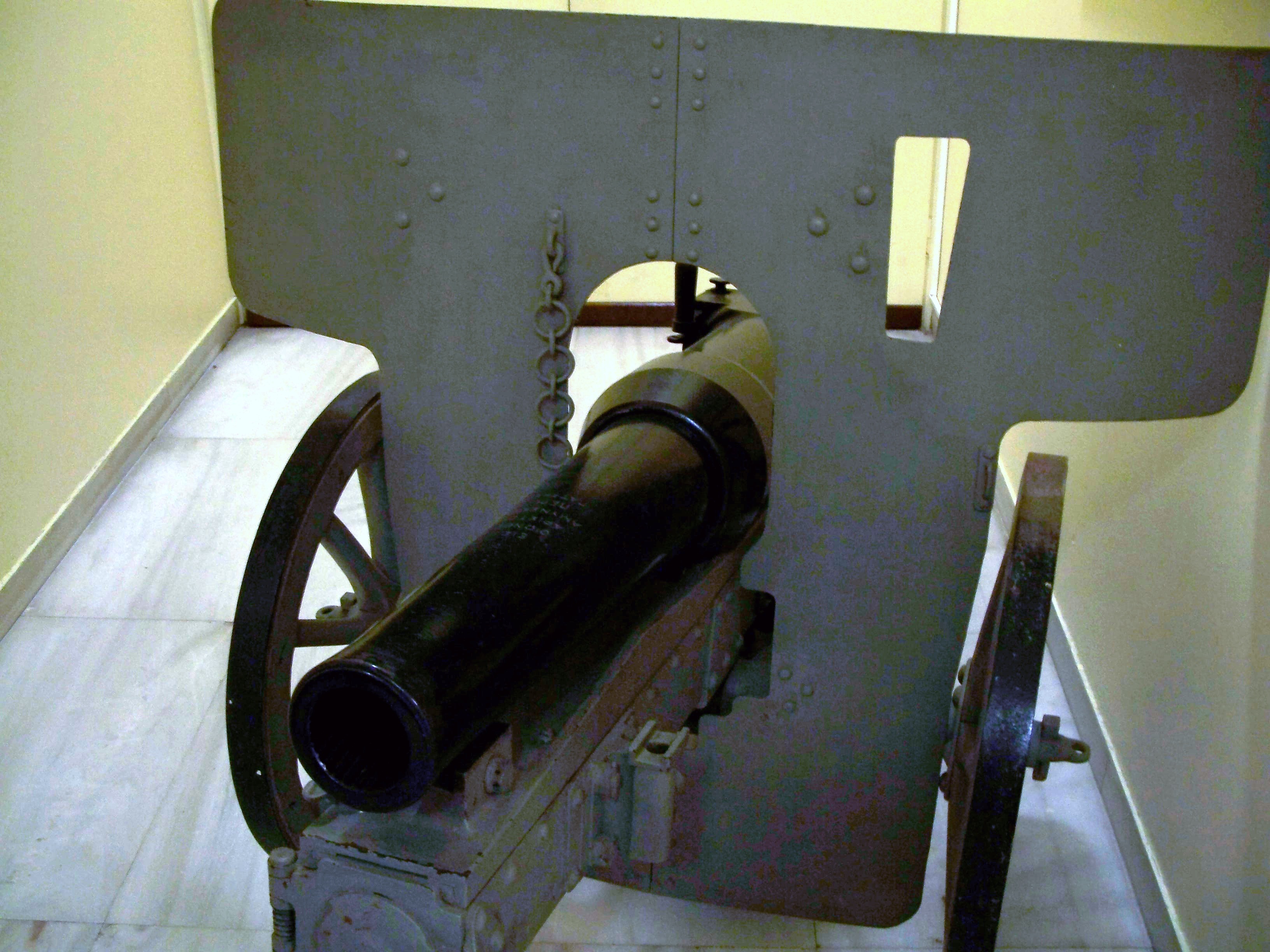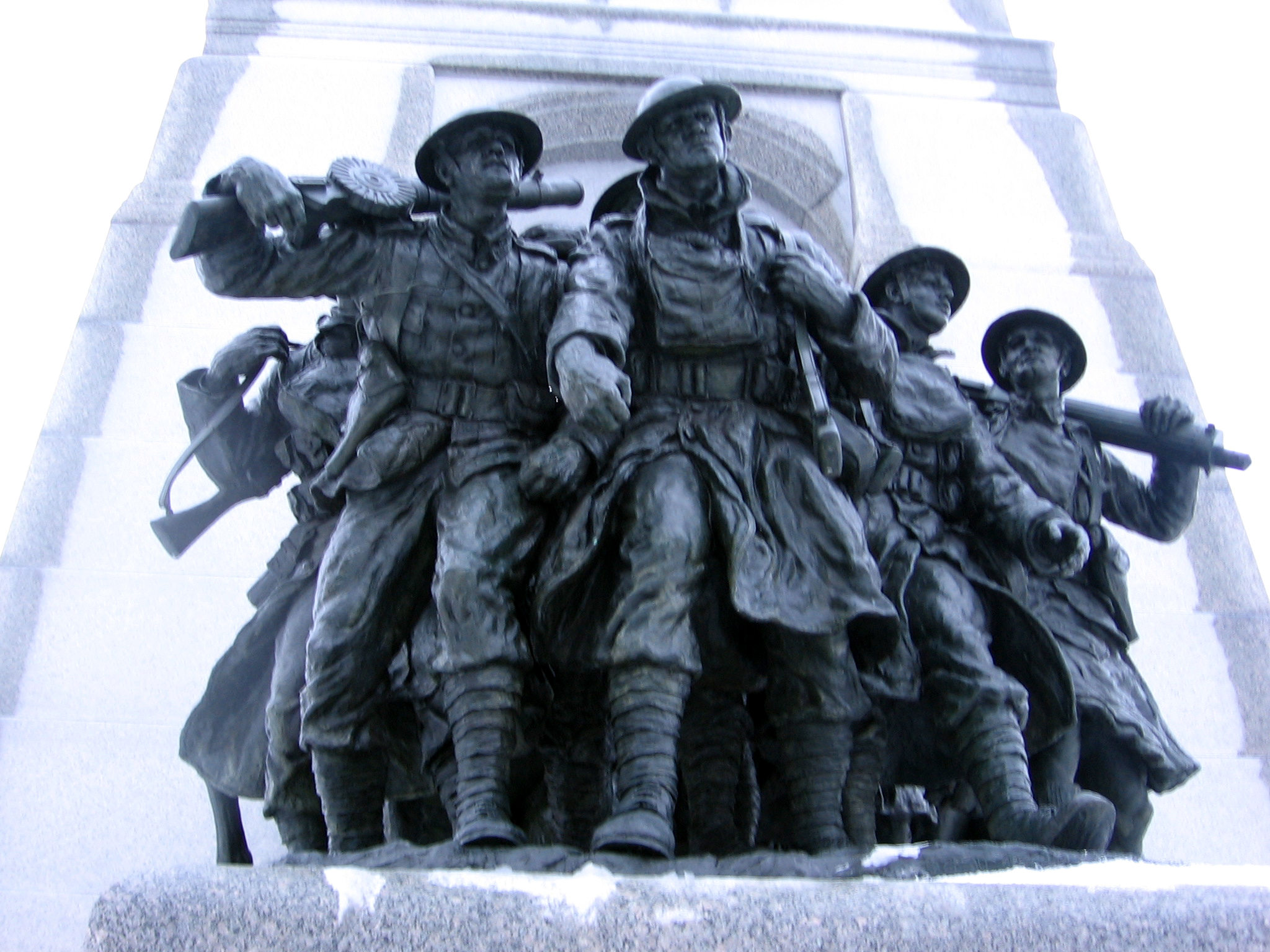|
Battle Of Ali Masjid
The Battle of Ali Masjid, which took place on 21 November 1878, was the opening battle in the Second Anglo-Afghan War between the British forces, under Lieutenant-General Sir Samuel James Browne, and the Afghan forces, under Ghulam Haider Khan. The perceived offence of an Afghan general's refusal to allow a British envoy entrance to the country was used as an excuse to attack the fortress of Ali Masjid, as the opening battle in the war. Despite numerous setbacks, including half the troops getting lost or delayed and missing the battle entirely, the British were lucky that the Afghans abandoned their position overnight. Context Following the 1837 Battle of Jamrud, Dost Muhammad Khan had built the fortress of Ali Masjid to assert his sovereignty over the Khyber region. However, the fortress was captured only two years later by 11,000 troops commanded by Lt. Col. Claude Martin Wade on 26 July 1839. On 21 September 1878, two months before the battle, British envoy General Ne ... [...More Info...] [...Related Items...] OR: [Wikipedia] [Google] [Baidu] |
Second Anglo-Afghan War
The Second Anglo-Afghan War (Dari: جنگ دوم افغان و انگلیس, ) was a military conflict fought between the British Raj and the Emirate of Afghanistan from 1878 to 1880, when the latter was ruled by Sher Ali Khan of the Barakzai dynasty, the son of former Emir Dost Mohammad Khan (Emir of Afghanistan), Dost Mohammad Khan. The war was part of the Great Game between the British Empire, British and Russian empire, Russian empires. The war was split into two campaigns – the first began in November 1878 with the British Raj, British invasion of Afghanistan from British Raj, India. The British were quickly victorious and forced the Amir – Sher Ali Khan to flee. Ali's successor Mohammad Yaqub Khan immediately sued for peace and the Treaty of Gandamak was then signed on 26 May 1879. The British sent an envoy and mission led by Louis Cavagnari, Sir Louis Cavagnari to Kabul, but on 3 September this mission was massacred and the conflict was reignited by Mohammad Ayub Khan ... [...More Info...] [...Related Items...] OR: [Wikipedia] [Google] [Baidu] |
Dost Muhammad Khan
Dost Mohammad Khan Barakzai (Pashto/; 23 December 1792 – 8 June 1863), nicknamed the Amir-i Kabir, was the founder of the Barakzai dynasty and one of the prominent rulers of Afghanistan during the First Anglo-Afghan War. With the decline of the Durrani dynasty, he became the Emir of Afghanistan in 1826. An ethnic Pashtun, he belonged to the Barakzai tribe. He was the 11th son of Payinda Khan, chief of the Barakzai Pashtuns, who was killed in 1799 by King Zaman Shah Durrani. At the beginning of his rule, the Afghans lost their former stronghold of Peshawar Valley in March 1823 to the Sikh Khalsa Army of Ranjit Singh at the Battle of Nowshera. The Afghan forces in the battle were led by Azim Khan, half-brother of Dost Mohammad Khan. By the end of his reign, he had reunited the principalities of Kandahar and Herat with Kabul. Dost had ruled for a lengthy 36 years, a span exceeded only by Zahir Shah more than a century later. A brilliant strategist, and ruthless fighte ... [...More Info...] [...Related Items...] OR: [Wikipedia] [Google] [Baidu] |
Heliograph
A heliograph () is a solar telegraph system that signals by flashes of sunlight (generally using Morse code from the 1840s) reflected by a mirror. The flashes are produced by momentarily pivoting the mirror, or by interrupting the beam with a shutter. The heliograph was a simple but effective instrument for instantaneous optical communication over long distances during the late 19th and early 20th centuries. Its main uses were military, surveying and forest protection work. Heliographs were standard issue in the British and Royal Australian armies until the 1960s, and were used by the Pakistani army as late as 1975. Description There were many heliograph types. Most heliographs were variants of the British Army Mance Mark V version (Fig.1). It used a flat round mirror with a small unsilvered spot in the centre. The sender aligned the heliograph to the target by looking at the reflected target in the mirror and moving their head until the target was hidden by the unsilvered spot ... [...More Info...] [...Related Items...] OR: [Wikipedia] [Google] [Baidu] |
The New York Times
''The New York Times'' (''NYT'') is an American daily newspaper based in New York City. ''The New York Times'' covers domestic, national, and international news, and publishes opinion pieces, investigative reports, and reviews. As one of the longest-running newspapers in the United States, the ''Times'' serves as one of the country's Newspaper of record, newspapers of record. , ''The New York Times'' had 9.13 million total and 8.83 million online subscribers, both by significant margins the List of newspapers in the United States, highest numbers for any newspaper in the United States; the total also included 296,330 print subscribers, making the ''Times'' the second-largest newspaper by print circulation in the United States, following ''The Wall Street Journal'', also based in New York City. ''The New York Times'' is published by the New York Times Company; since 1896, the company has been chaired by the Ochs-Sulzberger family, whose current chairman and the paper's publ ... [...More Info...] [...Related Items...] OR: [Wikipedia] [Google] [Baidu] |
Mountain Artillery
Mountain guns are artillery pieces designed for mountain warfare and other areas where wheeled transport is not possible. They are generally capable of being taken apart to make smaller loads for transport by horses, humans, mules, tractors, or trucks. As such, they are sometimes called "pack guns" or "pack howitzers". During the American Civil War these small portable guns were widely used and were called "mountain howitzers". The first designs of modern breechloading mountain guns with recoil control and the capacity to be easily broken down and reassembled into highly efficient units were made by Greek army engineers P. Lykoudis and Panagiotis Danglis (after whom the Schneider-Danglis gun was named) in the 1890s. Mountain guns are similar to infantry support guns. They are largely outdated, their role being filled by howitzers, mortars, multiple rocket launchers, recoilless rifles, and missiles. Most modern artillery is manufactured from light-weight materials and can be t ... [...More Info...] [...Related Items...] OR: [Wikipedia] [Google] [Baidu] |
Artillery Battery
In military organizations, an artillery battery is a unit or multiple systems of artillery, mortar systems, rocket artillery, multiple rocket launchers, surface-to-surface missiles, ballistic missiles, cruise missiles, etc., so grouped to facilitate better battlefield communication and command and control, as well as to provide dispersion for its constituent gunnery crews and their systems. The term is also used in a naval context to describe groups of guns on warships. Land usage Historically the term "battery" referred to a cluster of cannons in action as a group, either in a temporary field position during a battle or at the siege of a fortress or a city. Such batteries could be a mixture of cannon, howitzer, or mortar types. A siege could involve many batteries at different sites around the besieged place. The term also came to be used for a group of cannons in a fixed fortification, for coastal or frontier defence. During the 18th century "battery" began to be used ... [...More Info...] [...Related Items...] OR: [Wikipedia] [Google] [Baidu] |
14th Sikhs
The 14th King George's Own Ferozepore Sikhs was a regiment of the British Indian Army; they can trace their origins to the ''Regiment of Ferozepore'' formed in 1846. The regiment had a number of different titles over the following years: the 14th Bengal Native Infantry 1861–1864, the 14th (The Ferozepore) Regiment of Bengal Native Infantry 1864–1885, the 14th Regiment of Bengal Native Infantry (Ferozepore Sikhs) 1885–1901, the 14th (Ferozepore) Sikh Infantry 1901–1903 and finally, after the Kitchener reforms of the Indian Army in 1903, the 14th Ferozepore Sikhs. The regiment was part of the international force compiled in China to fight the Boxer Rebellion 1900, and left China two years later. Further changes in name followed: the 14th Prince of Wales's Own Ferozepore Sikhs 1906–1910, the 14th King George's Own Ferozepore Sikhs 1910–1922. To honour the visit of the Prince and Princess of Wales to Indian they took part in the Rawalpindi Parade 1905. In World War I th ... [...More Info...] [...Related Items...] OR: [Wikipedia] [Google] [Baidu] |
81st Foot
The 81st Regiment of Foot (Loyal Lincoln Volunteers) was an infantry regiment of the British Army, raised in 1793. Under the Childers Reforms it amalgamated with the 47th (Lancashire) Regiment of Foot to form the Loyal North Lancashire Regiment in 1881. History Raising of the Regiment The regiment was raised by Major General Albemarle Bertie as the Loyal Lincoln Volunteers, in response to the threat posed by the French Revolution, on 23 September 1793. However, no levy money would be provided.. The original complement was composed of the Militia of Lincoln volunteering to serve in the new regiment: the regiment was embodied in January 1794. On 25 January 1794, the Loyal Lincoln Volunteers were redesignated as the 81st Regiment of Foot. The regiment was quartered in Lincoln and Gainsborough.. The first commander was Lieutenant Colonel Lewis. Napoleonic Wars 1795 – 1797: West Indies After a year's service in Ireland, the regiment was detailed to serve under Major-General Ralp ... [...More Info...] [...Related Items...] OR: [Wikipedia] [Google] [Baidu] |
Puttees
Close-up of a World War I era United States Army infantryman's puttees A puttee (also spelled ''puttie'', adapted from the Hindi '' paṭṭī'', meaning "bandage") is a covering for the lower part of the leg from the ankle to the knee, also known as: ''legwraps'', ''leg bindings'', ''winingas'' and ''Wickelbänder'' etc. They consist of a long narrow piece of cloth wound tightly, and spirally round the leg, and serving to provide both support (as a compression garment) and protection. They were worn by both mounted and dismounted soldiers, generally taking the place of the leather or cloth gaiter. History Worn since antiquity, the puttee was adopted as part of the service uniform of foot and mounted soldiers serving in British India during the second half of the nineteenth century. In its original form the puttee comprised long strips of cloth worn as a tribal legging in the Himalayas. The British Indian Army found this garment to be both comfortable and inexpensive, althoug ... [...More Info...] [...Related Items...] OR: [Wikipedia] [Google] [Baidu] |
Peshawar Valley Field Force
The Peshawar Valley Field Force was a British field force. It was the largest of three military columns created in November 1878 at the start of the Second Anglo-Afghan War (1878–1880), each of which invaded Afghanistan by a different route. The Peshawar force initially consisted of around 16,000 men, a mix of both British and Indian Army regiments, under the command of Lieutenant General Sir Samuel J. Browne. Browne's force crossed into Afghanistan from India in November 1878 and advanced up the Khyber Pass in the direction of Ali Masjid. Here, on 21 November 1878, the force gained victory at the Battle of Ali Masjid, the first battle of the war. The Field Force then progressed further into Afghanistan towards Kabul, occupying Jalalabad on 20 December 1878. After camping here over the winter, they advanced to Gandamak, 50 miles east of Kabul, in April 1879. The advance was however slow, given the difficulty in keeping communications open and the hostile attitude of the Afghan p ... [...More Info...] [...Related Items...] OR: [Wikipedia] [Google] [Baidu] |
Faiz Muhammad
Faiz Muhammad (23 September 1937 – 29 October 2014) was a Pakistani freestyle wrestler. He was from 5 Azad Kashmir Regiment (HAIDER DIL BN).Profile of freestyle wrestler Faiz Muhammad on Olympic.org website Retrieved 1 May 2017 During his time, he won many national and army championships in Pakistan and was also a three-time Champion (, |






